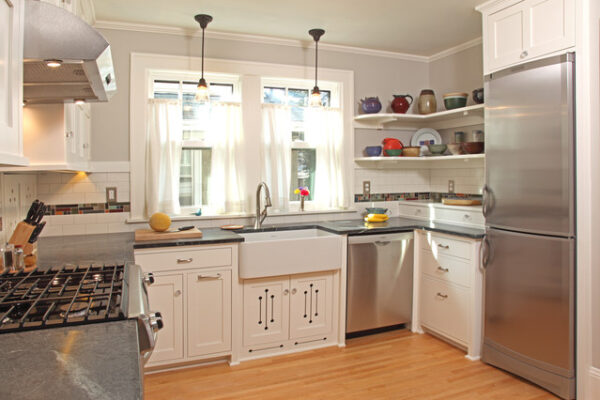Selecting the right type of house render is a pivotal decision in both new construction and renovation projects. The choice of render material not only influences your home’s aesthetics but also its protection and longevity. In this article, we will explore some of the best types of house render available, each with its unique qualities and benefits, to help you make an informed choice for your property.
1. Acrylic Render
Acrylic render is a popular choice among homeowners seeking both aesthetic appeal and durability. Its flexibility and wide range of customization options make it suitable for a variety of architectural styles and climates.
Pros:
- Acrylic rendering is highly flexible and resistant to cracking, making it ideal for areas with temperature fluctuations.
- It offers a wide range of texture, finish, and color options, allowing homeowners to achieve their desired look.
- Acrylic render is durable and can withstand the elements, providing long-lasting protection to your home’s exterior.
Cons:
- It tends to be slightly more expensive than traditional cement render.
2. Silicone Render
Silicone render is a premium choice for homeowners who prioritize long-term durability and weather resistance. Its ability to maintain color vibrancy and protect against harsh elements makes it a reliable option.
Pros:
- Silicone rendering excels in extreme weather conditions, providing excellent protection against rain, UV radiation, and temperature fluctuations.
- It offers exceptional longevity, maintaining its appearance and performance over time.
- Silicone render is breathable, allowing moisture to escape while preventing liquid water infiltration.
Cons:
- Silicone render typically has a higher initial cost compared to other types of render.
3. Cement Render
Cement render remains a classic and cost-effective option for homeowners. While it may have fewer customization options, it provides reliable protection and can complement various architectural styles.
Pros:
- Cement render is a cost-effective choice for rendering exterior walls.
- It suits various architectural styles and can be customized with different finishes.
- Cement render provides adequate protection and durability for your home’s exterior.
Cons:
- It offers fewer options for texture and color customization compared to acrylic and silicone rendering.
4. Mineral Render
Mineral render is an excellent choice for homeowners seeking an eco-friendly and breathable rendering option. Its compatibility with historic properties and traditional construction methods makes it a valuable choice for restoration projects.
Pros:
- Mineral render is made from natural materials like sand, lime, and cement, making it an environmentally friendly choice.
- It allows walls to “breathe,” preventing moisture-related issues.
- Mineral render is suitable for historic properties and traditional construction methods.
Cons:
- Mineral render may offer fewer color choices compared to silicone and acrylic render.
Conclusion
The best type of house render for your home depends on your specific needs, budget, aesthetic preferences, and local climate conditions. Each of the render types mentioned here offers distinct advantages and considerations.
To make the most informed decision, consult with experienced professionals who can assess your home’s unique requirements and guide you toward the most suitable rendering option. Whether you prioritize flexibility, weather resistance, affordability, or eco-friendliness, there is a type of house render that can enhance your home’s appeal and protect it for years to come.

























































